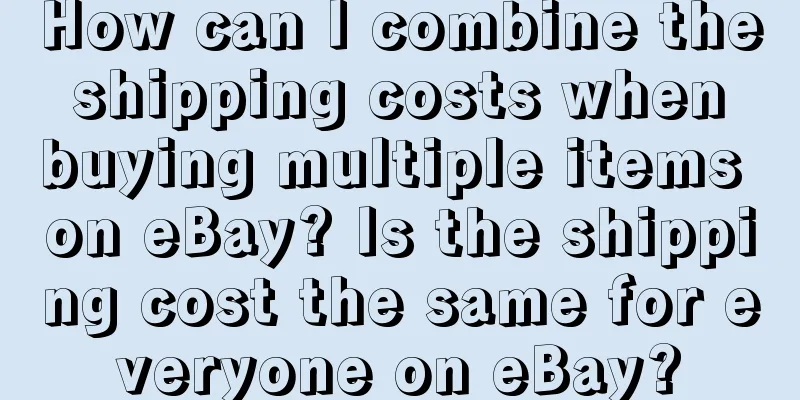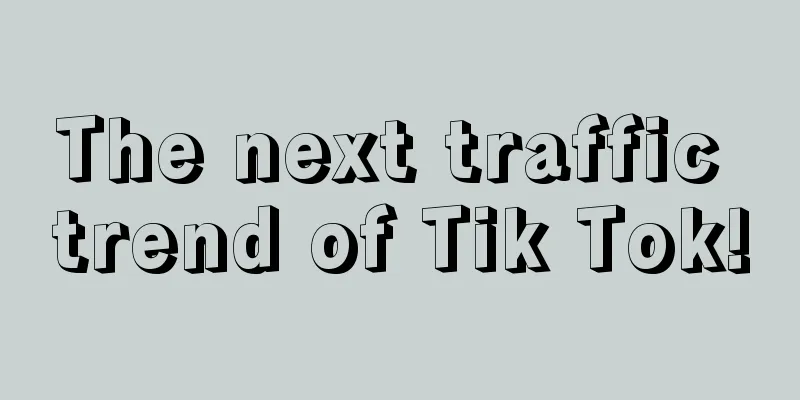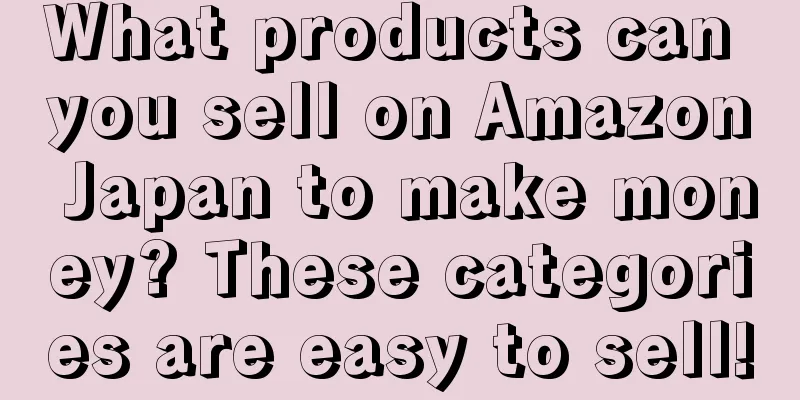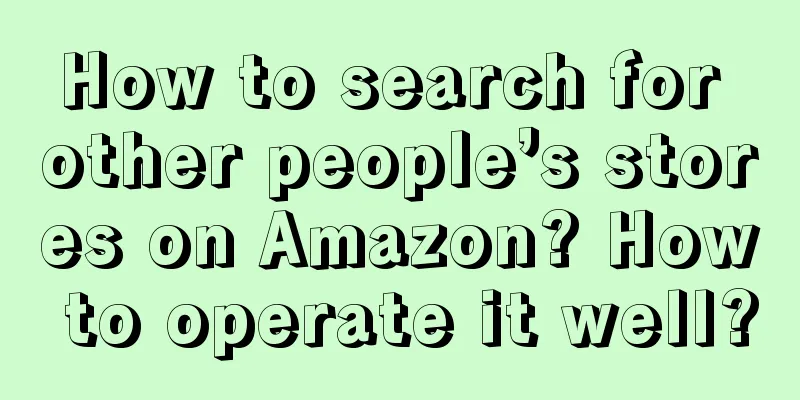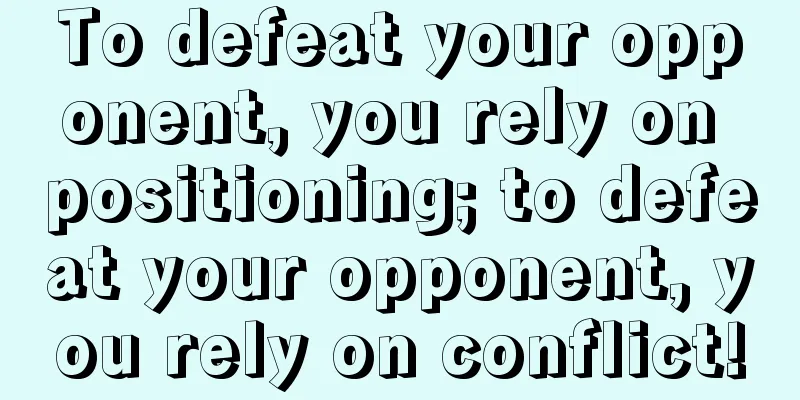The process from artwork to product

When starting to do something, the motivation comes from liking it, which is the state of most people. This kind of liking can motivate you to learn, try, and work hard; however, humans are advanced animals that desire feedback, and not everyone can be a philanthropist. When something you love cannot be connected to the external business world and fails to bring financial returns, your ability to maintain your passion will gradually diminish and eventually become impossible to persist. I've had similar experiences. There are still many creators around us who are facing the same problem. They show endless creativity and professional skills in their respective fields, such as painting, playing the piano, and photography. Despite their outstanding performance in their respective fields, they often find it difficult to commercialize their creations and enter the commercial world, and ultimately have to give up. To solve this problem, people must learn how to transform their personal interests and hobbies into products or services with market value, which will not only bring economic returns, but also allow people to experience a deep sense of accomplishment. However, the transformation process was not smooth. After a lot of practice, I found that I needed to gradually shift from being self-centered at the beginning to thinking about problems from the perspective of "other people's needs" and "market value." That is, constantly improve personal skills and abilities, and learn how to combine personal value with market demand. In the process, first get rid of the work thinking. 01Don’t people often say that we should have a production mindset when doing things? Yes. Works can be seen as something that proves a person's achievements. You write articles, design posters, complete projects, publish books, etc., which can all serve as a demonstration of your professional ability. It is a stepping stone to reduce the number of cooperation with strangers, and long-term accumulation can form a compound interest effect, which is beyond reproach. But why get rid of it? Because in a business environment driven by market demand, professionalism and creativity of works are often not closely related to commercial success. It is very important to identify and meet market demand and create market value. Think about it, in many cases, even if a work demonstrates outstanding professionalism and creativity in its field, it may not necessarily be recognized by the market, nor may it be transformed into products or services with market value, right? Therefore, getting rid of "work thinking" does not mean giving up creating high-quality works, but learning to adjust your way of thinking and creative direction, and focusing more on market demand and the creation of commercial value. Therefore, if you want to get rid of it, you must have a deeper understanding of the "essence of business." There are many definitions of the nature of business, such as transaction, reduced efficiency, and information asymmetry, but they cannot escape its original definition, which is to exchange valuable products or services in the market and make profits from them. I think it is not easy to touch your soul if you start with the definition. We might as well follow the Golden Circle thinking and think from the why. Why does business exist? Because everyone has needs, such as food, clothing, housing, etc., and even entertainment, and wants... We cannot meet all needs by ourselves, so we have to work together and everyone does a part, and then someone has to manufacture and organize the provision of these things that everyone needs. But how do those who manufacture and provide services know whether people really need what they provide? The most direct way is to see whether they can make money, because people only spend money on what they need. If the manufacturer makes money, it means that what he provides is needed in some way, and the process of making money proves that he is "creating value." If he can't make money, it means that what he provides does not match the right users or is not what everyone needs. In that case, he should change direction and do something else more valuable. Can you spot the difference between the two? Business people focus on the outside world, deeply study market demand, explore what customers want, and realize profits by providing products and services. The service mentioned here is not only a specific thing, but also a solution. After all, in an era when many basic needs have been met, businesses need to provide solutions for more complex and difficult to quantify needs, which requires more in-depth and detailed analysis and understanding. Creators focus more on their inner world. They explore themselves, express personal views and emotions, and convey specific emotions or ideas through their works. Whether a work is successful often depends on whether it can touch people's hearts and resonate with them. In other words, businessmen aim to meet the needs of others and obtain monetary returns, while creators try to find spiritual resonance through their works and pursue the artistry and emotional depth of their works. I still remember a point that Apple CEO Tim Cook once made: When an online service is free, you are no longer a consumer, but become the object of consumption. If you use the work mindset to do business from the beginning, it is obviously a wrong choice. 02After understanding this, it is not difficult to draw the conclusion: If your goal is to produce works and have an impact, then focus on expression methods, emotions, and thinking. If your goal is to make money, you must first think about who you want to solve what problems for. However, although you seem to have a strong business mindset and can make money, I guess you will face a new problem: You don’t know for whom and what problem you are solving. what to do? I think we should go deeper into life rather than looking for opportunities on the Internet. The Internet does provide countless information and possibilities, but if we limit ourselves to this huge field of public opinion, we will lose deep insight and understanding of the essence of life. People are not only consumers, but also life experiencers. Life itself is a process of constant change and development, and everyone is looking for the true meaning and value of life. Our most basic pursuit is not just consumption, but a pursuit of a richer and more diversified life experience. Although on the surface, everyone's needs seem different, but at the core of their needs, they are all pursuing a better quality of life. You may move your products online and try to use the Internet to expand your business reach and coverage, but in fact, what you are solving are still people’s real and personal problems. This is the same for B2B companies, B2C companies, and individuals. for example: For KOLs who sell online courses, in addition to solving skill issues, they also need to address how to stimulate learners' motivation and interest, and how to provide continuous support and help in their learning, which is a kind of emotional value. At the same time, he will gather everyone into the community, and this construction also provides a sense of belonging and the possibility of common progress. A B2B company may seem to be providing technology, SaaS and other services to Party A, but in fact, they still need to understand the customer's business pain points. During delivery, it may seem that multiple departments are involved, but the core behind it is still the customer's business goals and value enhancement. This is not only a service process, but also more like a competition between people. The purpose is to establish a long-term, stable, mutually beneficial and win-win relationship through in-depth cooperation. Therefore, from this perspective, if you are still not sure how to help others solve their problems, then the most effective way is: Treat yourself as the first customer, think carefully about what you need, and consider whether your product can meet your needs. In my previous work, I always met those bosses who talked about empowering other companies right away, but often failed to do it themselves. Why? One reason is that they didn’t even understand the problems they were facing. In-depth research on the industry and competing products is actually a process of continuously deepening your understanding of yourself and recognizing your own needs and problems. During this process, we will think about how to productize the solution and what kind of product can meet the needs. After a series of verifications, we will be more confident in recommending these products to others. If you understand these, you will realize which comes first, the product or the customer? I have been working as a host for several years and have met many colleagues. Some of them are still making money by "taking on commercial activities", while others have started media or MCN companies. Most of us have no money or connections at the beginning and can only rely on professional skills to earn income. Then, as time goes by, these skills bring more connections and money, and also prompt everyone to start thinking about how to productize services. If they had started out by making products (holding press conferences and performing arts), it would obviously be unrealistic. I have worked my way up from a host to a marketing director of an Internet company, to self-media, and now to the integration of speaking and writing. From this perspective, the individual path is to make money with skills - have products - and have customers choose them. They have been deeply engaged in development in one field, and now, they are following almost the same path; however, there are also some who start making products right from the start, and they often have enough start-up capital. 03To put it bluntly, upgrading to the product stage is more about understanding problems and needs, and the ability to use advantages and resources to solve problems. If we have a deeper understanding of certain issues and can better utilize our strengths and resources, our products will be more competitive and will naturally bring higher economic returns. For example: I have some hosts around me who graduated from professional schools and have solid professional training. They noticed that many commercial hosts in the market do not have professional backgrounds. Many people come from various training institutions and have some basic interactive skills; however, they often have a strong desire to improve their professional skills, but often find it difficult to find a suitable way to achieve it. Seeing this market demand, they take advantage of their professional expertise and offer classes every off-season, turning professional hosting skills and knowledge into products, providing a fast track for non-professional hosts who are eager to improve. This is a method of teaching by example through "empiricism". There are many similar methods, such as online writing courses, programming, AI design, etc., which help people improve their skills. … A different approach is to do user research first and then develop the product. What does it mean? There is a type of entrepreneur who first finds a specific group, and then understands their needs, preferences, and expectations through in-depth research and communication with users. In this process, they discover unmet needs, and then design products based on those needs. For example: When it comes to the women's underwear market, most people think that there are few entrepreneurial opportunities; however, there is a large-cup underwear brand in China called Naitangpai, which mainly focuses on the design of bras between CK cups and has gained millions of users in a few years. The maternal and infant brand Babycare focuses on the market for mothers. At the beginning, the product line was very limited, with only a few basic products. Later, as the user scale continued to expand, the product line covered all the essential products for the childcare period under 6 years old. I summarize this method as "loving specific people". This strategy does not focus on demand insights from the beginning, but first clarifies the market competition and then clearly defines the target user group. Many entrepreneurs with a product manager background often make this mistake. They set the wrong goals from the beginning and always want to find users based on needs, but ignore the actual situation of market competition. Therefore, to put it simply, we do not start from demand to find potential users, but instead jump into a certain user group first, then understand what their needs are and develop new products based on market competition. 04Determine which type of people you want to solve the problem for, and then realize the value through productization. The process sounds simple, but there are many difficulties in actual implementation. This is because there is a big difference between identifying a problem and having the ability to solve it. For example: You find that everyone has a need to improve their ability to take action, which is a universal problem. So you decide to develop an app to help users improve their ability to take action by clocking in and tracking tasks. However, identifying a problem does not mean actually solving it. If the application cannot integrate into the behavior from the beginning, then no matter how good the design is, it will not be able to attract the user's attention. At the same time, if the incentive is not significant enough, interest will also decline. Similarly, there are many courses on goal management on the market. Will you be able to manage goals after listening to them? No, sometimes you will not know how to manage goals because you take in too much information. Therefore, just because a product is launched at the very beginning does not mean that users will buy it. When we don’t know how to achieve a goal, all we can do is keep trying. If we hit a wall, we can change our angle and try again. As long as the goal is achievable, we will be able to achieve what we want through action and trial and error. When I was running Knowledge Planet, what should I do if there was not a single paying user? We continued to provide content services around target users, using Planet as a tool and an external brain, and gradually attracted the first group of people. Similarly, if you don’t know what form of product can meet user needs, the only way is to try. First, make the abstract idea concrete and turn it into a product that others can participate in and experience. In this way, real feedback will come in. Once you understand whether the product really solves the problem, you can make adjustments based on the feedback. From small paid communities to large technology products, the logic behind them is the same. In addition to trying, there is another key point, which is iteration. Some entrepreneurs and KOLs do not iterate when developing products. They always think that after launching a product on the market, they can just sit back and relax, believing that there is no need to invest further energy in improving it. When Yuanqi Forest’s Tang Binsen was making sparkling water, he once said that it is difficult to create a completely new thing, and it is even more difficult to create a new business model. New products and new models are gradually iterated on existing things. Back to my personal experience, I feel that I have been in a process of continuous iteration, from initially thinking about why I want to write, to insisting on what problems writing can solve, and then to determining the specific content and form of writing. During this process, I have been doing trial and error. I’m constantly thinking about how to develop a compound interest mindset, how to best combine writing with other skills, and how to make the most of every day. After a period of exploration and practice, I gradually found a clearer direction: to maximize the two abilities of "speaking (hosting)" and "writing"; however, I later realized that achieving the ultimate in ability does not directly mean making money in business. The things that can make me money happen to be very simple, such as writing commercial articles for clients, consulting, running as a runner, etc. Therefore, I began to explore how to combine my abilities with business practices, and how to transform from work-oriented thinking to practical thinking that focuses more on products. So, what I have been trying to do over the years is to amplify influence and improve commercialization capabilities through the alternation of works and products. It may be slow at the beginning, but this path will definitely lead to a more stable survival. In summary: Business is about meeting needs. From making money with skills to having products and then to being chosen by customers, this is a relatively stable path for ordinary people to start a business. If you want to be more specific from the beginning, then, love a specific type of people. Author: Wang Zhiyuan WeChat public account: Wang Zhiyuan |
<<: Without joint ventures, they cannot squeeze into the consumer market.
>>: How does Pinduoduo achieve high investment and yield?
Recommend
Do digital credit cards have an annual fee? How much is it?
In the digital age, credit cards, as one of the pa...
Mixue Ice City = Xiangpiaopiao plus+
In today's increasingly fierce competition in ...
What products cannot be copied on Amazon? Introduction to copy-selling rules
Amazon's follow-selling model can be said to b...
How to ship goods through cross-border e-commerce? What are the methods?
There are actually quite a lot of merchants doing ...
The effect of traffic is overestimated
The change in the mechanism of public accounts has...
Xiaomi's new copywriting made some people cry
Xiaomi 14 Ultra’s Father’s Day copy “It’s OK, Dad”...
Do I need to learn English to run Amazon? How to operate it?
Friends who want to open Amazon stores often ask m...
How to promote new cross-border e-commerce products? What are the promotion channels?
With the development of globalization, cross-borde...
Why is the company's team building criticized?
As one of the management methods of a company, tea...
What are the reasons for Amazon sellers to be banned? How to appeal?
Amazon seller account is the foundation for seller...
What kind of goods are better to sell in cross-border e-commerce? How to choose the main category?
Cross-border e-commerce has become a global busine...
Xiaohongshu’s category scene content is becoming ineffective…
As consumer demand shifts from category-driven to ...
How to access YouTube? What is the method?
In today's digital age, YouTube has become one...
How long will the Black Friday discounts last in the US? When will Black Friday be this year?
Every year after Thanksgiving, the United States w...
Is cross-border e-commerce a scam? What are the scams?
Cross-border e-commerce is very popular now. Many ...

